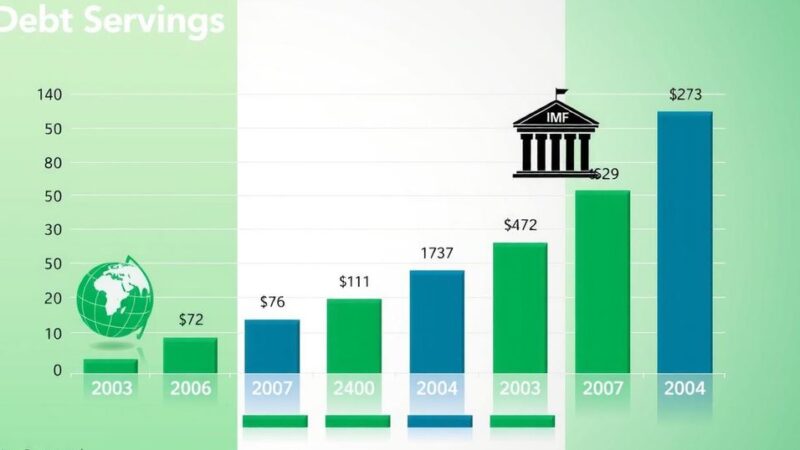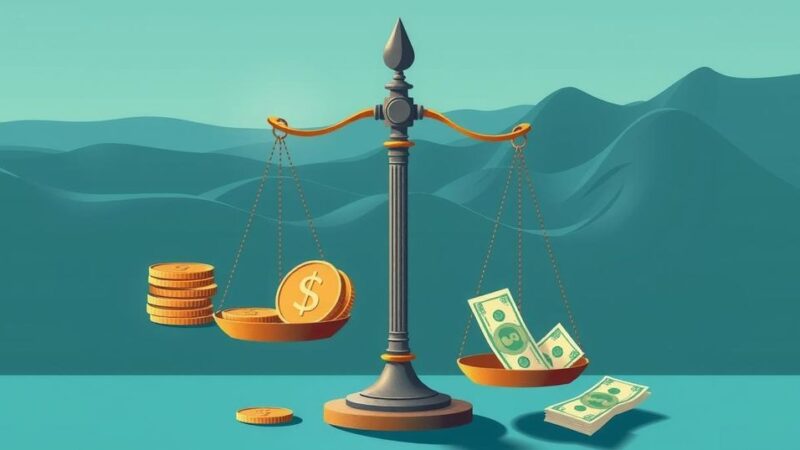Brazil’s government has kept its GDP growth forecast for 2025 at 2.3% and raised the inflation estimate to 4.9%. Economic growth is expected to slow in the latter half of the year as the central bank continues aggressive monetary tightening. Projections for 2026 include GDP growth of 2.5% with inflation declining to 3.5%.
On Wednesday, Brazil’s government retained its 2025 GDP growth forecast at 2.3%, while marginally adjusting its inflation estimates upwards due to minor changes in its baseline scenario. According to the finance ministry’s economic policy secretariat, it is anticipated that growth will decelerate in the latter half of the year following an expansion in the first quarter.
This announcement coincides with the central bank’s rigorous monetary tightening measures aimed at controlling inflation, with expectations of implementing a third consecutive interest rate hike of 100 basis points, raising the rate to 14.25% by the end of the day.
The updated inflation estimate for this year is now 4.9%, an increase from the previously forecasted 4.8% in February. The government foresees food prices stabilizing by year-end, while costs for industrial goods are expected to accelerate. The ministry commented, “Rising protectionism tends to pressure inflation,” referencing the tariff policies of the U.S. administration under former President Trump. Nonetheless, the negative repercussions of heightened uncertainty on economic activity might temper this inflationary effect.
Further, the finance ministry disclosed its initial projections for 2026, estimating that growth will reach 2.5% next year and inflation will decelerate to 3.5%. It emphasized that a growth projection of around 2.5% could apply over the coming years, suggesting that inflation is expected to approach the central bank’s target of 3% starting in 2027.
In summary, Brazil’s government has maintained its GDP growth forecast at 2.3% for 2025 while revising the inflation estimate slightly upward to 4.9%. The central bank continues its aggressive monetary policy by raising interest rates in response to inflationary pressures. Looking ahead, the government anticipates modest growth and decreasing inflation rates into 2026 and beyond, aiming for stabilization around the central bank’s targets.
Original Source: money.usnews.com






